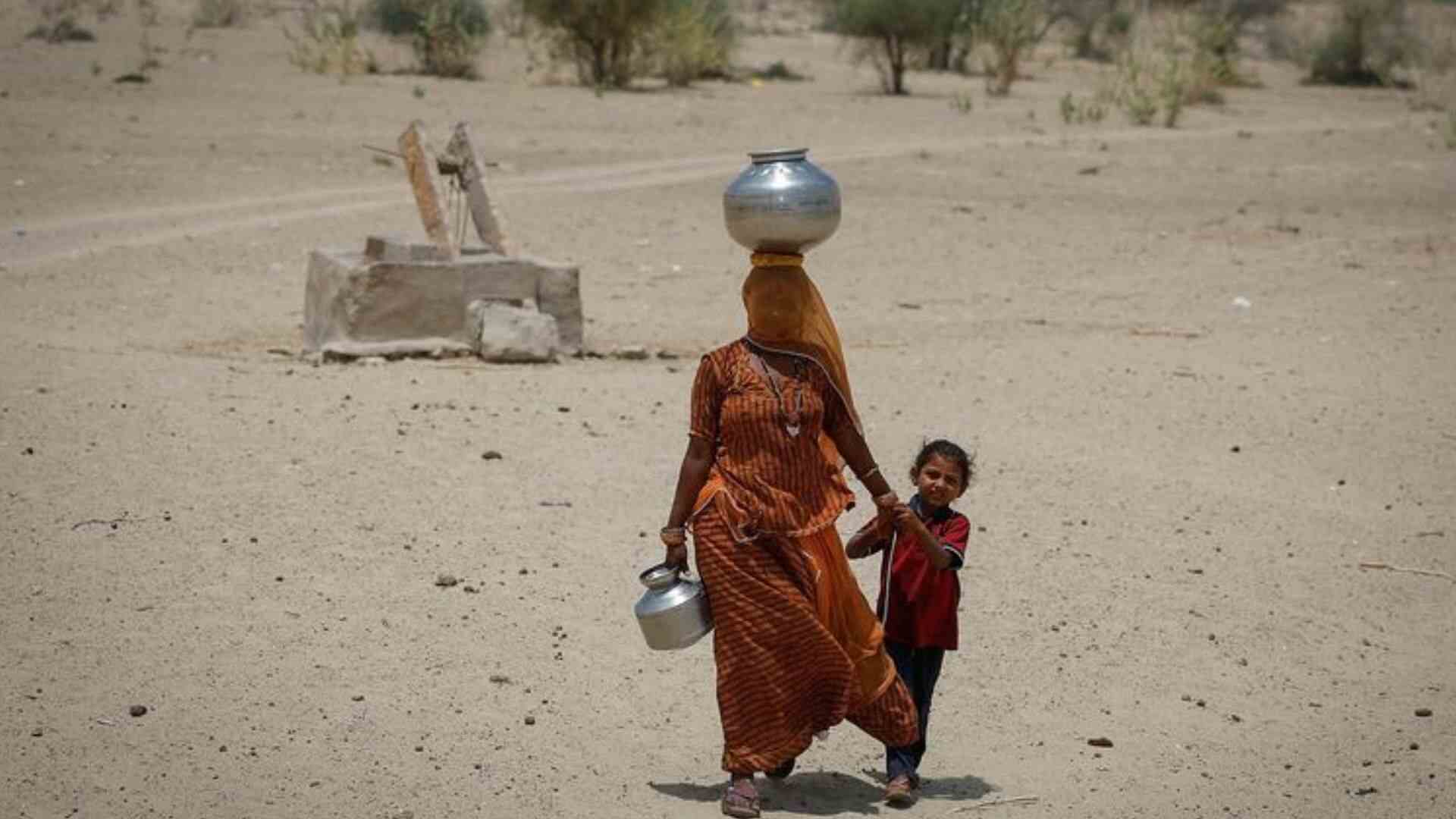As temperatures in Delhi soar past 50°C for several consecutive days, India finds itself grappling with an undeniable climate emergency. The unprecedented heatwave is not confined to the capital; other regions across the country are also recording their highest temperatures ever, prompting the India Meteorological Department (IMD) to issue severe heat alerts for central and northern India.
Early Warnings Ignored
The signs of this heatwave were apparent as early as March and April. The IMD had forewarned the nation about a severe heatwave extending into June. However, possibly due to the looming elections, the gravity of the situation might have been underplayed. Despite some government meetings addressing the issue, the current scenario has escalated beyond expectations, posing a significant threat to human health, biodiversity, and agriculture.
Human Toll and Health Crisis
The impact on human life is alarming. At least 15 people have succumbed to heat strokes within 24 hours in Bihar and Odisha. Since March 1, 2024, India has reported 16,000 heat stroke cases and 60 deaths. The southern states of Tamil Nadu, Karnataka, and Telangana are particularly hard-hit, with excessive heat placing immense strain on outdoor workers such as construction laborers, food delivery personnel, and farmhands.
The extended heat in urban areas exacerbates the situation. Cities with dense concrete structures retain heat well past sunset, increasing the demand for cooling systems and overloading the power grid. In Allahabad, for instance, the electricity department resorted to using desert coolers to prevent transformers from overheating.
Water Crisis Deepens
Allahabad’s predicament is particularly striking. Despite being located at the confluence of the Yamuna and Ganga rivers, the city’s water consumption has surged, causing a dramatic drop in groundwater levels. This scenario highlights a broader concern for rural areas lacking piped water or tankers, where wells and hand pumps are drying up, leaving humans and livestock desperate for hydration.
Agricultural Impact
Agriculture is on the brink of disaster as 50°C temperatures threaten the current biodiversity and place vulnerable areas, such as the Himalayan ecosystem, at risk. High temperatures could devastate orchard crops like mangoes, guavas, and litchis. Newly planted saplings and young plants, especially in rain-fed or water-scarce areas, face the greatest threat. Additionally, extreme heat accelerates ice melts in eco-sensitive zones, leading to biodiversity loss.
Many commercial seed varieties used in food production lack resilience to high temperatures, potentially leading to diminished harvests. For instance, wheat production in the 2022–23 and 2021–22 seasons was already impacted by erratic weather and heatwaves. If this trend continues, current commercial seeds may become obsolete, and developing new, climate-resilient varieties could take years.
Cyclonic Threats
Further compounding the crisis are cyclonic conditions over the Bay of Bengal. Cyclone Remal recently affected Bangladesh and the Sagar Islands in West Bengal with winds of 110–120 km per hour. Like Cyclone Biparjoy, which hit India’s western coast last year, these cyclones threaten to disrupt the Kharif monsoon, potentially leading to droughts and floods, and exacerbating agricultural losses.
Extreme temperatures are endangering all forms of life and jeopardizing food production. The Indian government must declare a state of climate emergency to mitigate these impacts and prevent further loss of life. In areas where temperatures exceed 50°C, non-essential activities should be minimized, and essential workers must be protected. Local authorities should be empowered to enforce these measures.
Moreover, the government should implement a strategic plan for farmers and closely monitor the monsoon season to prevent another agricultural crisis. Investing in reforestation, coastal mangroves, and other nature-based solutions is crucial to enhancing the nation’s climate resilience.
India stands at a critical juncture, where acknowledging and addressing the climate emergency is imperative for the survival and well-being of its people and ecosystems.







